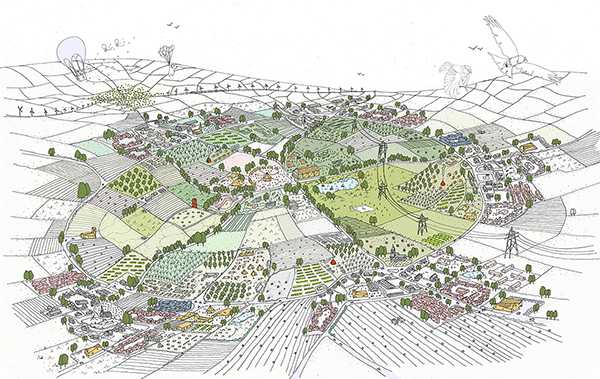
ENVIRONMENT | CLIMATE
In the context of our climate crisis, now more than ever we need to think differently about how we commission and design buildings.
We participated in the Oslo Architecture Triennale 2019 exhibition on Degrowth, foregrounding social and environmental needs over economic profit. We aim to be light-footed and ensure we have a positive impact on our environment, minimising the depletion of resources and employing regenerative design principles.
PEOPLE I STORIES
We think good design is shaped by people.
We are interested in how people inhabit buildings and the spaces around them, and their stories. We work with the users and the wider community to understand the social context, as well as undertaking thorough historical and
topographical research in order to generate designs. Making these narratives apparent in our projects is important to us.

BAGGY I ADAPTABLE
Our ‘baggy space’ concept creates adaptable, less prescribed spaces providing common ground that can be shared and adapted by the people using it
We are interested in the intelligence that architects can bring to create a durable foundation that encourages others to fill the gaps and adapt spaces; fostering ownership and a sense of identity. The Table Nests at Central Saint Martins, for example, offer multiple spatial arrangements from classrooms, to spaces for film
nights, eating and performance. Tŷ Pawb, is another, with flexible, shared spaces like People’s Square that can be used by market traders, community groups and artists alike, providing experimental ground to accommodate a range of potential activities.
DEGROWTH I RE-USE
We need to build less. The re-use of buildings not only has a positive impact on our environment, it also safeguards the sense of familiarity and identity that exists in that place.
In our own work we aim to be light-footed and nimble, working with what already exists and reinvigorating buildings and infrastructure by applying our baggy space concept to provide future adaptability for the people who use them.
We are proud our project Tŷ Pawb, was the Overall Winner of the AJ Retrofit Awards 2019. This was followed by the launch of AJ’s RetroFirst campaign advocating the re-use of buildings over new-build.
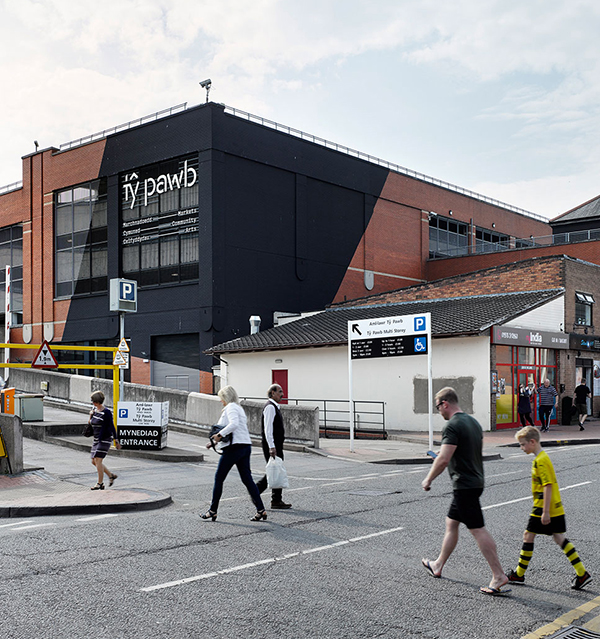
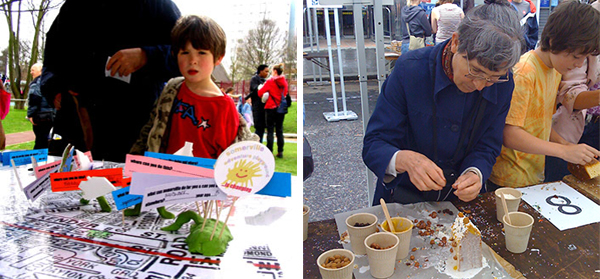
COMMUNITY | COLLABORATION
Our work is underpinned by a desire to render the architectural process simple and transparent.
We encourage a collaborative approach to designing built environments, to ensure client and all users are involved in the process. This work often requires us to understand and address complex briefs. The sensitive nature of our clients’ work at SERICC Crisis Centre is an example. Here creative consultation with counsellors and users ensured delivery of an appropriately designed centre which is both supportive and welcoming. Other community projects have benefited from similar collaborative methods.
LOCAL I DISTINCTIVE
It is important that the work we do captures a sense of place and local identity.
For us the character and identity of the wider context should inform our design. As a result each of our buildings has distinctive qualities that respond both to a sense of place as well as our client’s ethos and the people who use them.
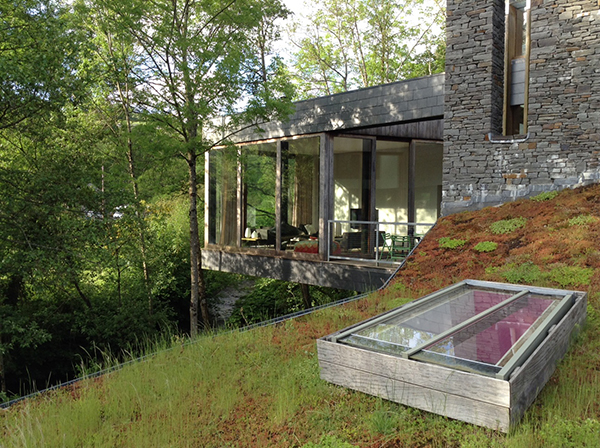
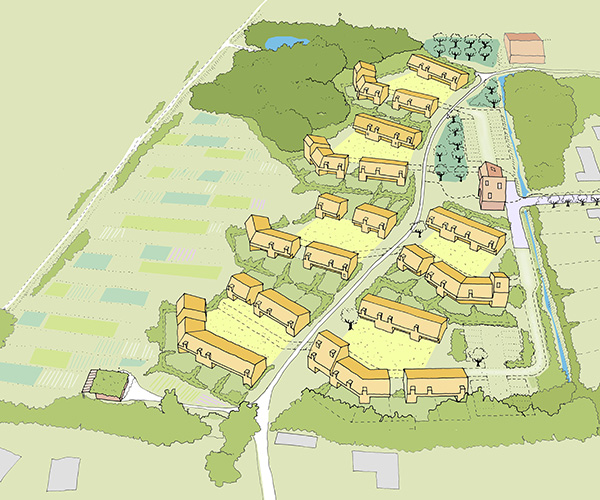
RURAL I CONNECTED
With the countryside making up 85% of the UK land area but only 18% of the population living there, the housing crisis in the UK is placing huge pressure to build in rural areas.
Against the backdrop of climate emergency and a COVID pandemic we need to evolve new long-term approaches to growing vibrant and viable communities in the countryside. Our VeloCity vision is a long-term strategy that reinvigorates clusters of rural villages by connecting them with a fine-grain network of walking and cycling
links, and by building more compact, low-impact homes within the heart of villages, to create healthier and more socially cohesive communities.
LANDSCAPE I TOPOGRAPHY
We think the natural environment can act as inspiration as well as context.
Buildings should sit in not on the landscape, which doesn’t mean they should hide away, just that they should respond to it. Buildings can also literally become the landscape either by being built into it or by creating surfaces and spaces that become a natural habitat. Our Habitat House is a further exploration of this.
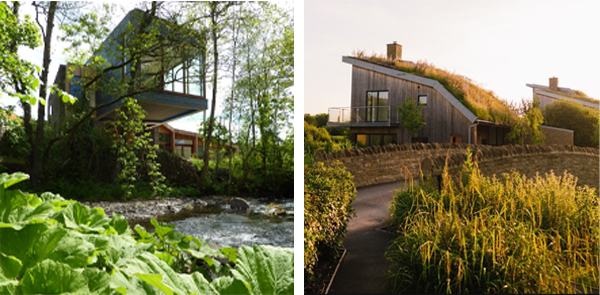

PLAYFUL I SURPRISE
Buildings should be fun and there is always a sense of playfulness in our work.
Changes in scale, volume, texture, light and colour create spaces that not only surprise and delight, but also give a wider range of opportunities as to how they are inhabited and enjoyed.
